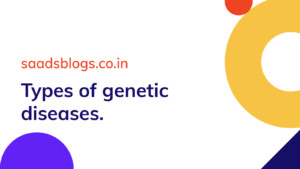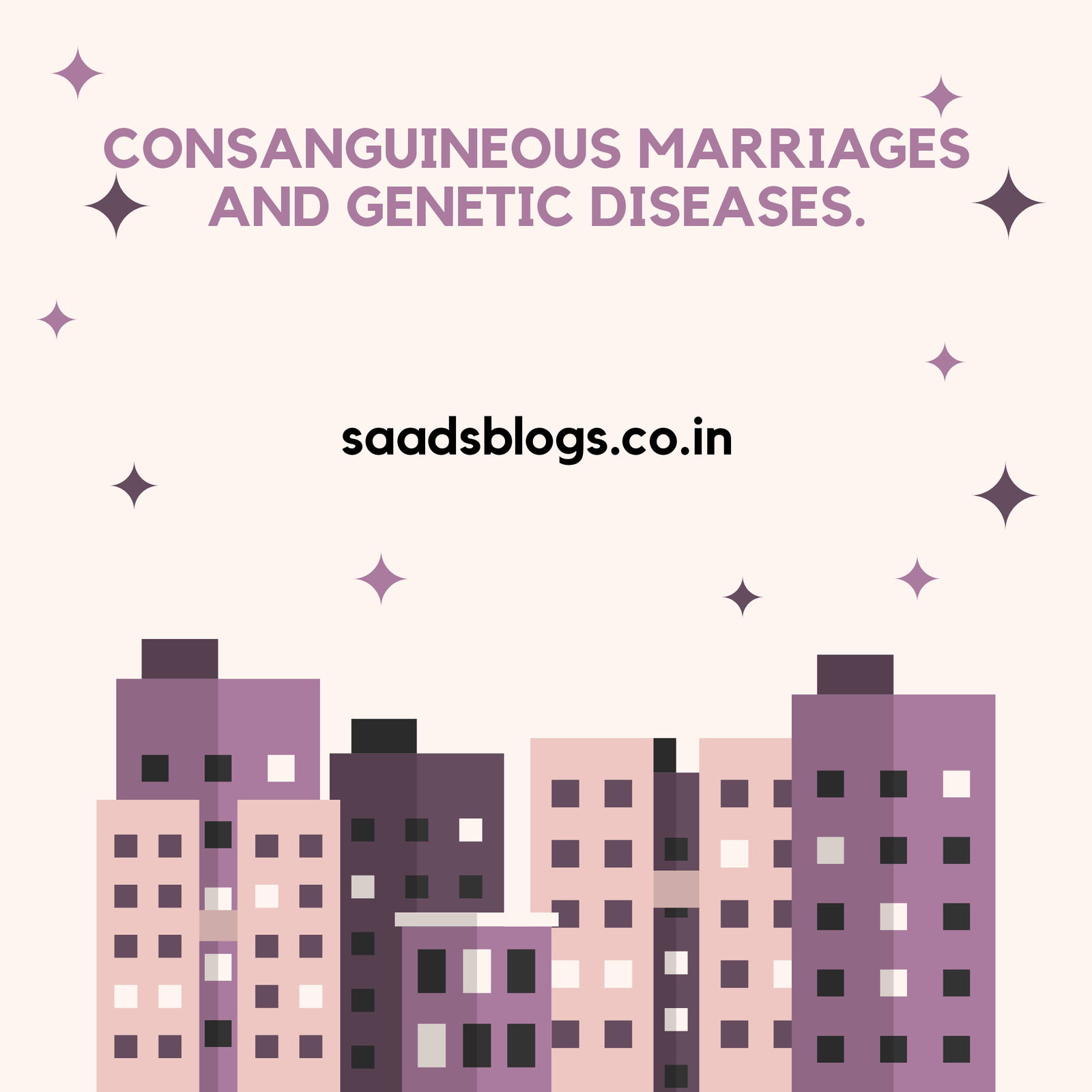Consanguineous marriages and genetic diseases.
A consanguineous marriage is defined as a union between two individuals who are related as second cousins or closer. Consanguineous marriages are more prevalent in Asia and the Middle East countries.

Genetic diseases broadly classified as
1.Autosomal recessive.
2.Autosomal dominant.
3.X linked recessive.
4.X linked dominant.
Autosomal recessive will be inhibited till other recessive will come in contact. Only when two recessive genes will be expressed then only the disorder will be seen in the children.
In consanguineous marriages autosomal recessive genes will come together. The disorder which was hidden will be expressed. Now I will discuss the disorders and how to prevent it.
Some examples of autosomal recessive disorder:
Congenital goitrous hypothyroidism, 3M syndrome, Glanzmann’s thrombasthenia, Thalassaemia major, Hydroxybutyric aciduria, Cohen syndrome, Fabry’s disease,
Morquio disease, Muscular dystrophy and cleft palate, Fraser syndrome, I-cell disease, Multiple sulfatase deficiency and Sanfilippo A.

The main intention of this blog is to prevent disorder in the proper way.
1.Health education for consanguinity at individual, family and community levels.
2.Ensuring access to preconceptionally and premarital counseling services is the logical way to proceed and more likely both to receive community acceptance and be successful in maintaining and improving health.
3.Increasing public literacy on consanguinity could be achieved by providing proper education. In offering preconception counseling for consanguinity, it is crucial to distinguish between families with a known genetic or inherited disorder and those with no known such disorder by taking a detailed family history and constructing a four-generation pedigree (including offspring, siblings, parents, grandparents, aunts, uncles, nieces, nephews and first cousins of the consultant or proband.
Disclaimer: The opinions expressed in this article are the personal opinions of the author. The author does not assume any responsibility or liability for the same.
Dr. Saad Mohammad Athanikar, orthopedic surgeon.



You have written it nicely.
Consanguinity explained in a easy way.
It is really informative … and Thank you Dr saad for giving this knowledge
Welcome barmu
Thank you
Thank you
Nice information dr.saad…..add some images for related desease….👌👌👌
Thank you. I will try.